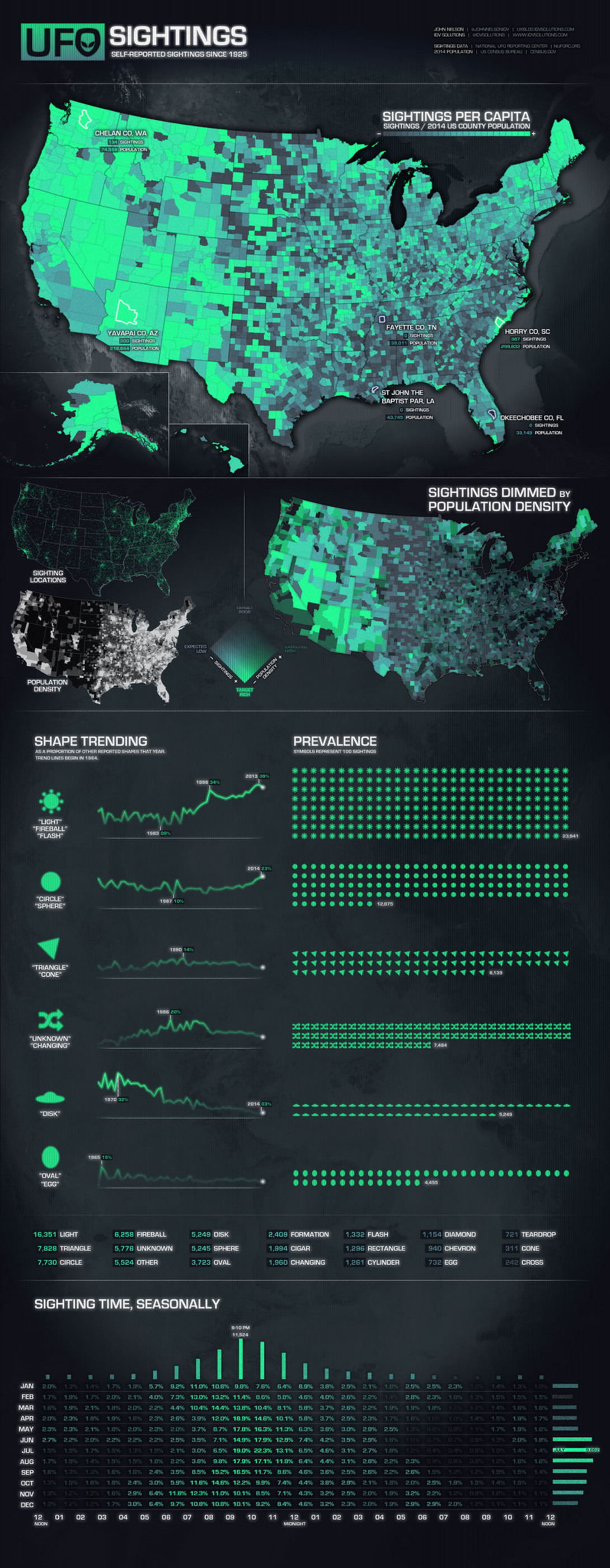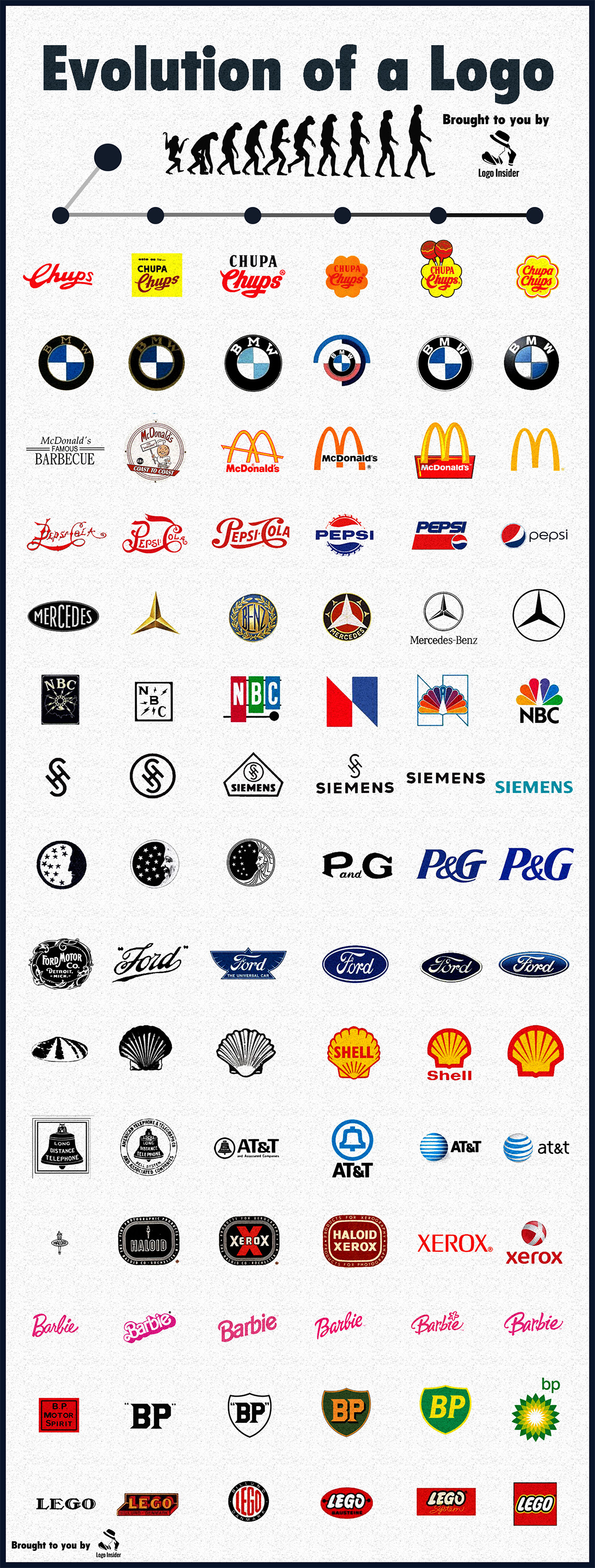American culture has always been really about the phone. Now, even as we move deeper into the digital age, the phone remains the storytelling device in the American imagination. To begin with, the American cultural products, Metropolis (1927), and Modern Times (1936), alongside the thematically adjacent Sunset Boulevard (1950), tell a story about design, specifically the design of the phone as a viable object for conversation. Even my talk about “story” and “design” is, in a way, a conversation happening in a culture that’s got a love-hate thing going with the phone and the embodied, American Device doing the calling.
The TARDIS might be more than just a telephone, but its exterior—a police box—serves as a strange inside-outside boundary between the well-known, public, police box image and the private, inside, TARDIS image. The pop-culture phone that almost tops my list is the Batphone, featuring a direct line from the Batcave to Commissioner Gordon. Considering that neither the Commissioner nor the Caped Crusader is particularly good-looking, the Batphone eschews the pathway of aesthetics and adornment and takes the direct-access route. Male privilege aside, the Batphone is an access phone without the fuss, pretense, or artistry. There isn’t anything on it, in it, or around it that is particularly late ’60s preposterous or problematic. The Bat-Signal, on the other hand . . .
The power of the cell phone has been perceived, especially in the science fiction genre. In Star Trek: The Next Generation, the communicator badge is simply a disguised pin serving as a not-so-futuristic communication device. The flip phone in the 1995 film Clueless is a fast and stylish homage to mid-1990s technology. And then there is the not-at-all-sleek, definitely high-tech, and iconographic Ericsson JB988 used by James Bond in Tomorrow Never Dies (1997). If anything, these portrayals of cell phone technology suggest that the cell phone is the future.
The telephones of the 1990s and early 2000s were more than just bits of useful technology—they became stylish and even aspirational accessories. They were what you had to have, what you had to flaunt if you were to be seen as a person with means. Zack Morris could teach a seminar on this, really. He reigned as the ultimate establishment figure of the period. When he wasn’t bossing around “The Max” waitstaff or giving Mr. Belding the business, he was wielding a brick phone as a status symbol when cell phones were still too dangerous (and too much of a mess) to be seen as practical. Those were hard times to be a shell phone in Spongebob Squarepants, a time when cell phone tech could neither be divined nor guessed. Meanwhile, in American Psycho, the Christian Bale figure wielded a not-so-mythical Motorola as a style-first piece of tech not to be taken as anything but a statement on excessive consumerism by either giver or taker of all amounts.
Countless peculiar moments arise, such as the use of a hamburger phone in Juno or the LG VX9400 in Iron Man. The Nokia 8 in Tron: Legacy serves as an adequate communication device in an entirely different and futuristic world. But using the Saber Pyramid as a phone? That’s not entirely outside the realm of speculative futurism. Imagine a future where technology transcends the limits of our current understanding, allowing for communication devices that are as much a part of the environment as they are tools. The Saber Pyramid, with its sleek design and advanced capabilities, could facilitate conversations, sending messages across light-years during a journey through the cosmos. As we redefine our notions of connectivity, it raises intriguing questions about the nature of communication itself in a universe where distance is merely a concept to overcome. This evolution of communication devices might suggest a profound shift in the timeline of human evolution, where the boundaries between technology and nature blur. If the Saber Pyramid were to become a reality, it could serve as a symbol of our adaptability and innovation, reflecting our enduring quest to connect and share experiences. In this brave new world, the very act of communication could become an organic experience, entwining our existence with the fabric of the universe itself.
The cellphone is not always depicted in pop culture as a convenient or even an appealing device. The Hello Kitty cellphone, for instance, is a masterwork of the art of cellphone design when it comes to the emotional allure of the cellphone as a gift. It’s practically a sculpture, which makes the admonishments from the real world concerning the supposed impracticality of Hello Kitty handsets hilarious. The Disconnected Phone in the video game Ooma is another masterwork of the artistic cellphone. Once again, we see pop culture managing to be funny while also teasing the viewer into a consideration of the cellphone’s technological fundamentals.
The cellular devices depicted are anything but clunky. They are state-of-the-art smart tools, more than just props for the actors to use in their onstage and offstage performances. They represent this current gadget’s imagined freedom. Not every pop visual featuring a cellphone tells a serious story, nor does every serious story with a cell have a half-covenient, half-sinister civilian voice on the other end of the line. Some of the phone visuals are devoted to connecting a character with some kind of rampant, unfocused transgression, while others are more about delivering a punchline or a message to what’s portrayed as an imminent threat on the other end of the line. Whether we’re in a “whodunit” or in danger of being “done in,” the story’s characters are dialing for the kind of violence that gets the audience’s attention.








